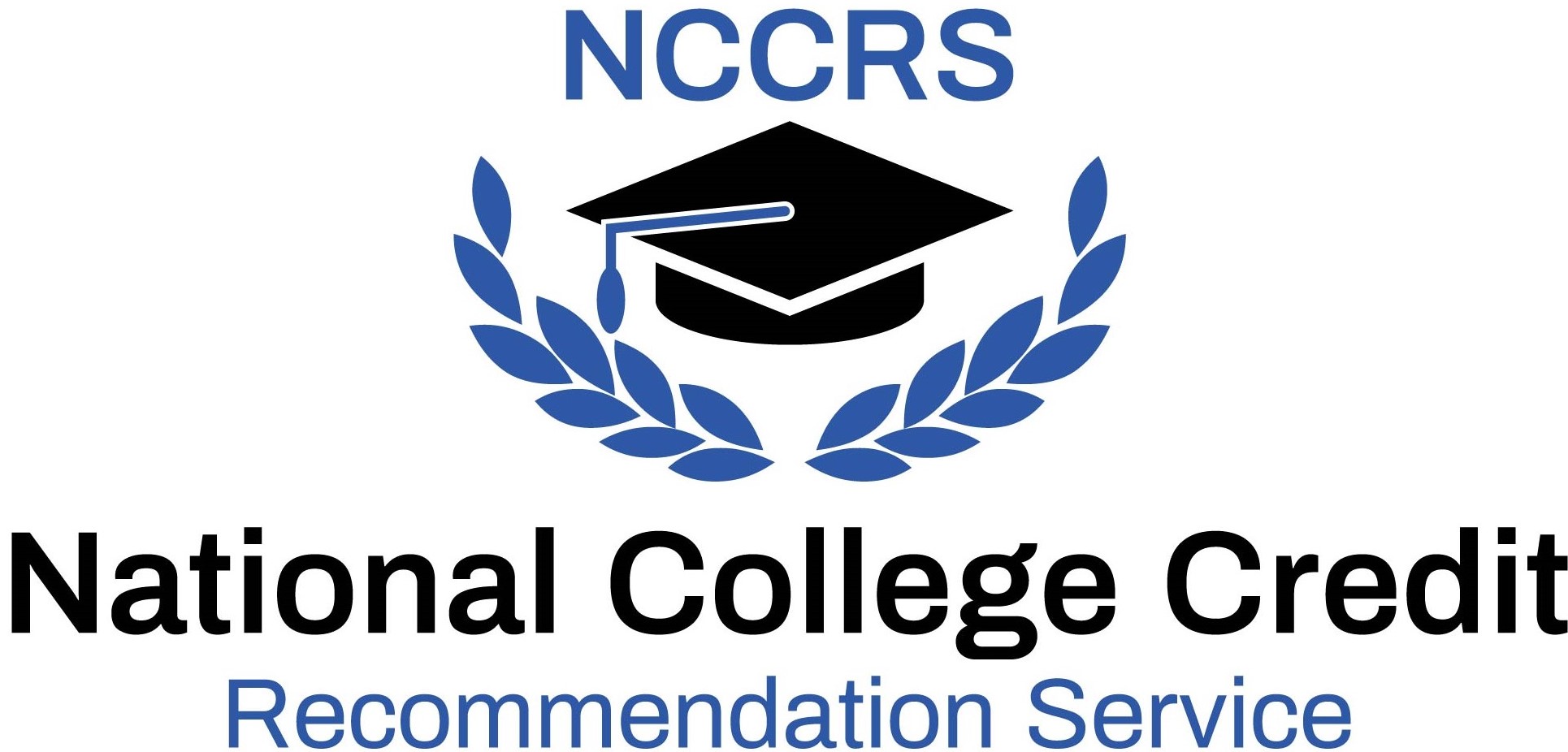Return to New York Institute of Massage, Inc.
Length:
Location:
New York Institute of Massage, 4701 Transit Road, Williamsville, New York.
Dates:
Instructional delivery format:
Traditional classroom model
Learner Outcomes:
Instruction:
Credit recommendation:



